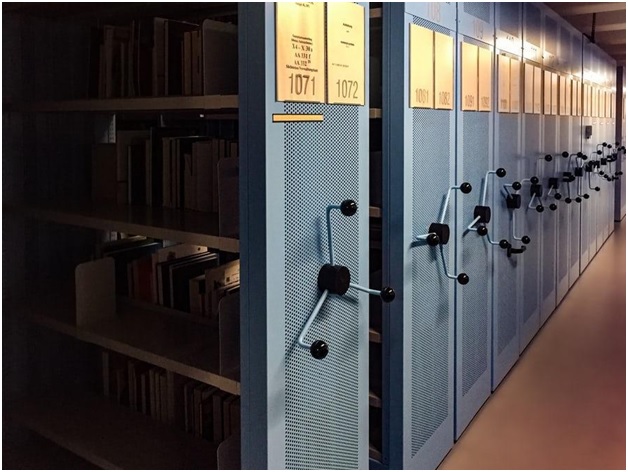General
Maximizing OCR to Improve Data Extraction and Analysis


In today’s data-driven world, businesses are constantly searching for more innovative ways to effectively manage and interpret data. One critical tool that has emerged at the forefront is Optical Character Recognition (OCR) technology. OCR is a technology that converts different types of documents, such as scanned paper documents, PDF files, or images captured by a digital camera, into editable and searchable data. This technology has revolutionized the way businesses handle data extraction and analysis, providing a framework for more efficient and accurate processes.
The Role of OCR in Streamlining Data Extraction
OCR technology plays a pivotal role in improving data extraction by converting hardcopy and image-based information into digital text. This capability allows businesses to manage a vast range of documents, from structured forms to unstructured documents like invoices, contracts, or receipts. For instance, a logistics company may use OCR to digitize delivery notes, or a financial institution might use it to digitize bank statements or check images.
OCR not only saves time that would otherwise be spent on manual data entry but also significantly reduces the chances of human error. By automating the process, OCR ensures a higher degree of accuracy and enables businesses to handle larger volumes of data, thereby boosting productivity. This is where OCR services come in handy, providing robust solutions for businesses to effectively digitize their data.
Best Practices to Maximize the Benefits of OCR
However, to maximize the benefits of OCR, it’s essential to follow a few best practices. Firstly, the quality of the input document is crucial. The better the quality, the more accurate the OCR output will be. Hence, businesses should ensure they have high-quality scanning or imaging equipment. This is where investing in document digitization services can be a game-changer, providing businesses with the necessary resources to convert their physical documents into digital formats efficiently and accurately.
Secondly, choosing the right OCR tool is critical. The ideal OCR solution should be able to accurately recognize text from different languages, handwriting, and various formats. It should also be able to handle high volumes of data and seamlessly integrate with other systems within the business.
Thirdly, businesses should not overlook the importance of post-processing. This involves checking and correcting the output from the OCR process. Despite the high levels of accuracy achieved by OCR, there can still be errors, and these need to be identified and corrected. Some businesses opt to use human intervention for this, while others use automated validation tools.
The Future of OCR in Business
With advancements in artificial intelligence and machine learning, the future of OCR in business looks promising. The technology is continuously evolving to improve accuracy levels, manage a wider variety of documents, and integrate more effectively with other software systems. As technology advances, businesses could use OCR to automate even more complex tasks, which could lead to further improvements in efficiency and productivity.
For instance, future OCR technology could be capable of understanding the context and semantics of the text, rather than just recognizing the characters. This could open up new possibilities for data extraction and analysis. Businesses could gain more nuanced insights from their data, which could lead to more informed decision-making.
Harnessing the Power of OCR
To harness the full power of OCR, businesses need to approach it strategically. This means understanding the potential benefits and limitations of the technology, investing in high-quality equipment, choosing the right OCR tool, and implementing effective post-processing checks. Furthermore, businesses need to consider how OCR fits into their broader data strategy. This includes thinking about how the data will be used, who will have access to it, and how it will be protected. By taking a strategic approach, businesses can maximize the benefits of OCR and use it as a powerful tool for data extraction and analysis.
The Conclusion
In conclusion, OCR is a powerful tool that can significantly improve data extraction and analysis. By converting documents into digital text, OCR saves time, reduces errors, and enables businesses to handle larger volumes of data. However, to maximize the benefits of OCR, businesses should ensure high-quality input documents, choose the right OCR tool, and perform post-processing checks. With these best practices in place, businesses can leverage OCR to drive data-driven decision-making and gain a competitive edge in today’s digital economy.





 Technology2 months ago
Technology2 months agoWhy Adding Videos to WooCommerce Product Galleries is Essential in 2025



 General2 months ago
General2 months agoWhat Is Smart Construction? A Beginner’s Guide



 Technology1 month ago
Technology1 month agoHow to Send WooCommerce SMS Notifications for Orders



 Technology1 month ago
Technology1 month ago7 Essential TikTok Metrics to Track for Higher TikTok Views in 2025

 Model3 weeks ago
Model3 weeks agoTiffany Stratton: Biography, Wiki, Age, WWE Career, Net Worth, Before Fame, Boyfriend





 Technology4 weeks ago
Technology4 weeks agoTop 5 Tips for Using File Uploads in Your WooCommerce Store Efficiently

 Technology3 weeks ago
Technology3 weeks agoWhy Airlines Are Using Virtual Reality Services for Pilot Training



 General4 weeks ago
General4 weeks agoThe Hidden Costs of a DUI & How a Lawyer Can Help You Avoid Them




You must be logged in to post a comment Login